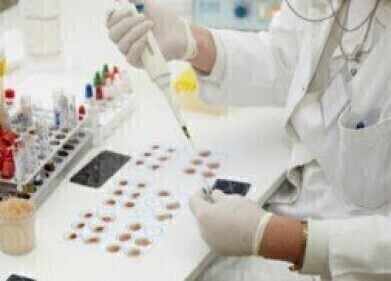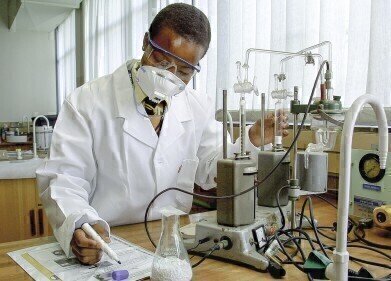Help Desk
Why is Paper So Important for Chemical Analysis?
Dec 29 2018
The presents opened on Christmas day, the reflections in Albert Einstein’s notebooks, documents signed to end the second world war and notes passed in class between teenage friends. All have one key element in common. Paper. And paper is also an important element in scientific investigation.
A recent article in the journal Analytical Chemistry - Reinventing (Bio)chemical Analysis with Paper - has looked at the role that paper plays in (bio)chemical analysis - in the past, present and future. It highlights the importance that society has come to place on something that we all take for granted every day of our lives - but, is in fact a commodity that has helped to develop the society we have today.
Paper - still used in the office?
It is only in the last few decades that paper has been usurped as the dominant carrier of communication and information - although reading books apparently is a growing pastime. But paper’s light weight, thinness, cheapness and flexibility mean that it is still an important commodity.
A good example that is highlighted in the article is paper’s importance in personal hygiene. Every day, we use paper towels, toilet tissue and tissues to mop, wipe and blow into. What would life be like without our daily fix of toilet paper - even Izal toilet tissue, the scratchy paper used at schools in 1970s. If paper were to suddenly disappear, the residents of Shoreditch might revolt without their daily fix of coffee - as filtering coffee is recognised as one of the easiest methods to brew a good, long cup of coffee.
More than just filter paper
In the laboratory, paper can be used in many different applications and has a rich history in the analytical technique of chromatography. The 1952 Nobel Prize in Chemistry was awarded to John Martin and Richard Martin ‘for their invention of partition chromatography’. The method they investigated used paper and paved the way for modern chromatography. Modern chromatography has evolved quite significantly since the days of Martin and Synge as highlighted in the article, Column Technology for Achiral SFC Separations.
Perhaps one of the next important uses of paper happened in 1963 when the dried blood spot (DBS) was developed for new born babies. The DBS test is a simple test used to test neonates for phenyl ketonuria - an inherited genetic disorder that results in the reduced metabolism of phenylalanine. By taking a small blood sample from a new born baby’s heel on a paper strip - a potentially harmful condition can be diagnosed, and treatment started.
One of the most recent developments in paper use in the lab is in paper spray ionization for mass spectrometry. It gives a simple and relatively cheap method for introducing a sample to one of the most high-powered techniques we currently use. The paper ends by highlighting the role paper could play as a diagnostic tool in the future.
Digital Edition
Chromatography Today - Buyers' Guide 2022
October 2023
In This Edition Modern & Practical Applications - Accelerating ADC Development with Mass Spectrometry - Implementing High-Resolution Ion Mobility into Peptide Mapping Workflows Chromatogr...
View all digital editions
Events
ACS National Meeting - Fall 2024
Aug 18 2024 Denver, CO, USA
Sep 04 2024 Chiba, Tokyo, Japan
Sep 04 2024 University of Warwick, Coventry, UK
Sep 10 2024 Rockville, MD, USA
Plastics Recycling World Expo Europe
Sep 11 2024 Brussels, Belgium














